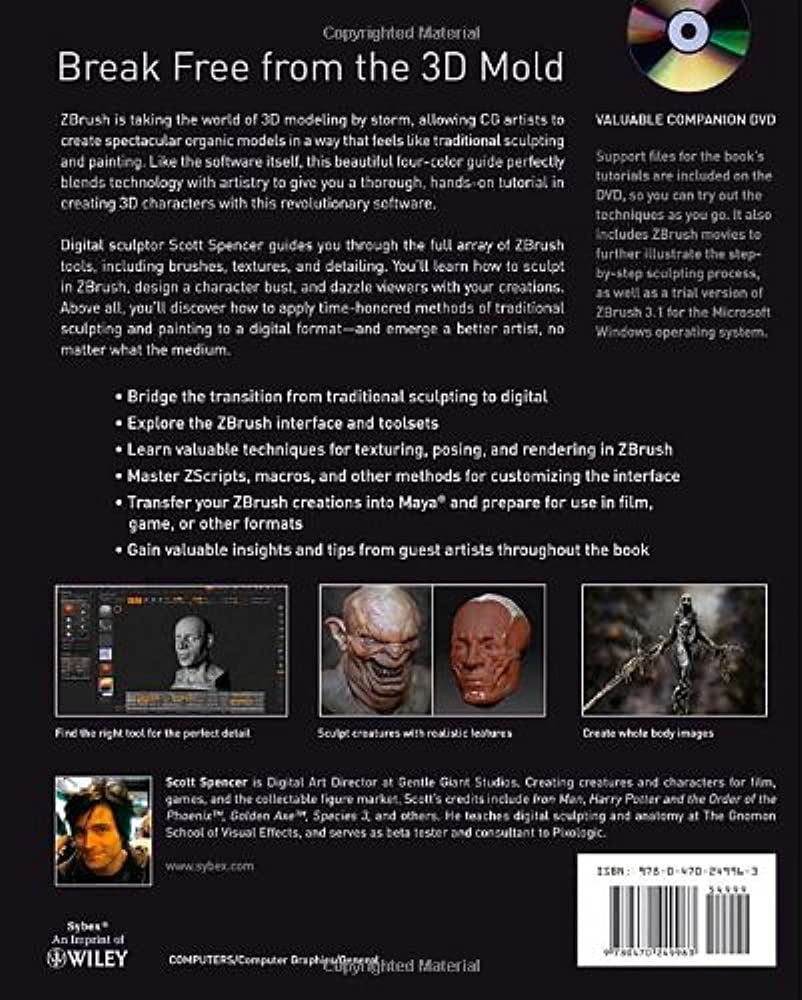Visual effects in games refer to the use of digital tools and techniques to create realistic or stylized visuals that enhance the player’s experience. The role of visual effects in games is to create an immersive atmosphere, convey a sense of realism or fantasy, and enhance gameplay. Creating visual effects requires a combination of technical skill, creativity, and knowledge of game engines and art tools. Popular tools for creating visual effects in games include game engines, 3D modeling and animation software, simulation software, and shader programming tools. The future of visual effects in games is promising with the use of real-time ray tracing, machine learning techniques, and virtual and augmented reality.
Visual Effects in Games: A Guide to Creating Stunning In-Game Imagery
Introduction
Games have evolved significantly over the years from simple, two-dimensional graphics to complex, realistic visuals that immerse players into a virtual world. One of the key elements responsible for this transformation is the use of visual effects in games. In this article, we’ll explore how visual effects are created and the techniques involved in creating stunning in-game imagery.
What are Visual Effects in Games?
Visual effects in games refer to the use of digital tools and techniques to create realistic or stylized visuals that enhance the player’s experience. These effects can range from simple particle systems, such as explosions or smoke, to complex simulations of weather patterns or fluid dynamics. Visual effects are used to create an immersive atmosphere, convey a sense of realism or fantasy, and enhance gameplay.
The Role of Visual Effects in Games
Visual effects in games play a crucial role in creating a captivating gameplay experience. They enhance the game’s atmosphere, convey emotions, and provide feedback to players. For example, a realistic explosion in a first-person shooter game tells the player they hit their target, while the use of lens flares in a space game enhances the sense of being in an alien universe.
Crafting Visual Effects
Creating visual effects involves a combination of technical skill, creativity, and knowledge of game engines and art tools. Here are some of the key techniques involved in crafting visual effects:
Simulation
Many visual effects in games are created through simulation. For example, creating realistic water requires the simulation of fluid dynamics, while explosions and smoke are created through particle systems. These simulations are created using specialized software that can generate realistic physics-based effects.
Post-Processing
Post-processing refers to the addition of visual effects to a game’s graphics after they’ve been rendered. This can include depth-of-field, motion blur, color grading, and bloom effects. These effects can significantly enhance the game’s visuals and provide a sense of depth and realism.
Shader Programming
Shader programming involves creating custom programs that are executed on the game’s graphics processing unit (GPU). Shaders can create a wide range of visual effects, including lighting, reflections, and shadows. They can also be used to create stylized visuals or unique textures.
Asset Creation
Creating assets, such as textures, models, and animations, is another crucial aspect of creating visual effects in games. High-quality assets are essential for creating realistic or stylized visuals that enhance the player’s experience.
Tools for Creating Visual Effects in Games
Creating visual effects in games requires a variety of tools and software. Here are some of the most commonly used:
Game Engines
Game engines are the foundation of any game development project. They provide the tools and framework for creating the game’s graphics, physics, and logic. Popular game engines include Unity, Unreal Engine, and CryEngine.
3D Modeling and Animation Software
3D modeling and animation software, such as Blender or Maya, are used to create the game’s assets, including characters, objects, and environments.
Simulation Software
Simulation software, such as Houdini or RealFlow, is used to create complex physics-based effects like fluid simulations, destruction, and particle systems.
Shader Programming Tools
Shader programming tools, such as Shader Graph (Unity) or Material Editor (Unreal Engine), allow developers to create custom shaders without needing to write code.
The Future of Visual Effects in Games
As technology continues to evolve, so do visual effects in games. The use of real-time ray tracing and machine learning techniques to create realistic or stylized visuals is becoming increasingly prevalent. Additionally, the integration of virtual and augmented reality into games is opening up new possibilities for immersive visual effects.
Conclusion
Visual effects in games are essential for creating a captivating gameplay experience. Creating stunning in-game imagery involves a combination of technical skill, creativity, and knowledge of game engines and art tools. With new technologies emerging, the future of visual effects in games is exciting and full of potential.
